MAYNARD CARBINE Second Model (Mod’1863) SOLD
Created on October 2nd 2019
A Good Example of the Second Type Maynard Carbine from the American Civil War Period
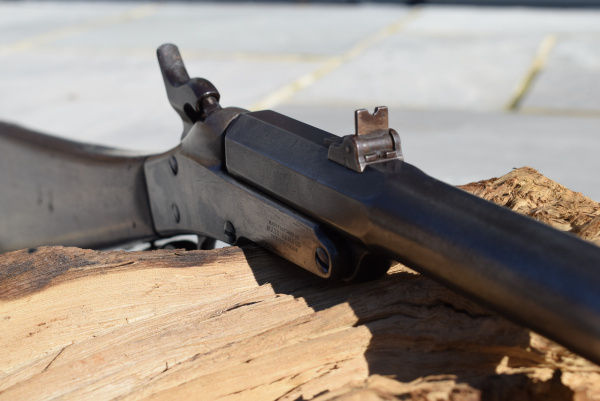
In correct specification for the second type Maynard Carbine. Manufactured between 1863 – 65. Within that tumultuous period as America tore itself to pieces, the Massachusetts Arms company produced approximately 20,200 carbines for the government. The calibre is .50 percussion. The carbine is of a single shot, tip-up breech design and would use regular top-hat type primers. Being the second type the patch box which adorned the butt of its predecessor has been dropped as has the tape primer system.
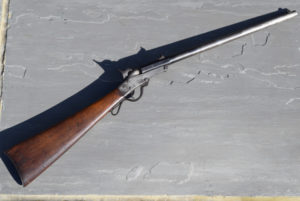
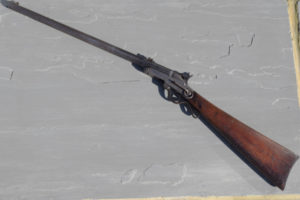
This example has serial number “8457” on the lower tang. This number puts production right in the middle of the civil war, perhaps it saw service with the cavalry! Overall the carbine measures 36.5/8.” The round barrel with octagonal breech is exactly 20″ long and the trigger pull is 14.5/8″ to centre. The American black walnut butt-stock is fitted with a shallow curved steel butt-plate with a tang on top. The LHS of the wrist carries boxed federal inspection marks. They are both clear script initials within a box. At moment of writing I have yet to decipher to whom they belong. It is know however, that one set would have been the inspector who passed the carbine in for service and the other would be an armourer who took it in for storage after its useful life had ended. The majority were apparently sold off in the late 1860’s by the government.
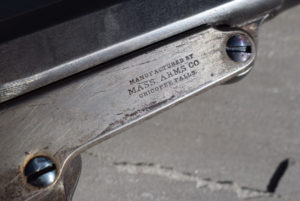
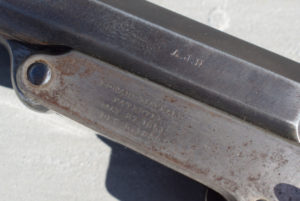
Being a cavalry carbine the action block has been fitted with a saddle ring to aid recovery whilst on horse-back, should the trooper loose it in the course of an action. It would usually be attached to the belt by a lanyard of leather or cord and could be recovered rapidly by just pulling it in. A dismounted cavalry trooper would provide a tempting target for the poor ground slogging infantryman, who in that moment could tackle the unfortunate individual on more even terms. The ring and bar are both forged steel and evidently original to the carbine.
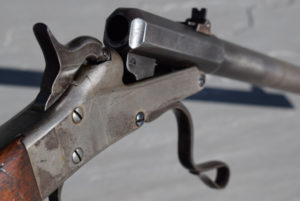
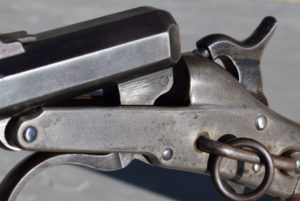
The barrel is for the majority of its length, round. The breech end of the same being octagonal in form for about 3″. The rear sights are mounted on top of the octagonal section. Fitted within the rear sight block are two leaves, the shorter, for close range with an open U-shape to it and the taller, with a finer aiming device, for longer distances. The LHS vertical flat of the octagon has the initials “A.J.N.” clearly stamped into it. Possibly the barrel inspectors initials. The front sight is a simple inverted V-wedge shape with concave sides which compliments the rear sights perfectly. Finish is strongest towards the rear of the barrel and fades to grey/silver towards the front. This would have been blued originally, although some still remains at the breech end. Condition of bore internally is good with strong rifling. There is no pitting as such, but a light layer of rust extends down the barrel from the muzzle for about 2.1/2″ – it is not known if this will dissipate with a good scrub and firing or wiping clean.
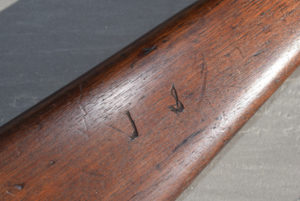
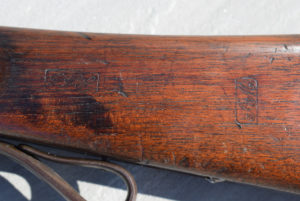
Externally, the breech which was originally case coulored, has some clear markings on each side which read as follows;- LHS, “EDWARD MAYNARD / PATENTEE / MAY 27 1851 / DEC 1859” and on the RHS; “MANUFACTURED BY / MASS. ARMS CO. / CHICOPEE FALLS.” The only other visible marking on the action is an inspectors solitary “S” on the rear of the saddle ring bar. The action is opened by moving the underlever forward and down. Then the carbine is loaded from the breech end. The hammer is cocked manually with the thumb and is cleverly designed in that, viewed from the rear, it is swept over to the right to enable a clear sight picture. The hammer falls upon a single percussion nipple on the rear RHS of the action.
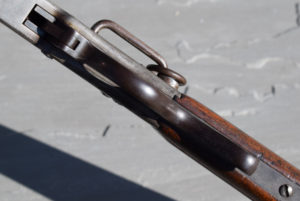
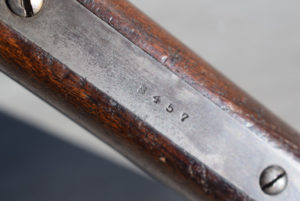
Condition is good for an original antique item. Most of the colour has faded to grey on the action. The under-lever retains a strong deep brown patina. The single piece butt-stock (they were never fitted with a fore-end) shows signs of a normal military life but has no serious flaws. On the RHS of the butt are two script-like initials which could be “J.S.” but they look unfinished. The butt-plate carries a rich plumb-brown colour to it. All in all, this is a good representative example of a Civil War Carbine which has not been mucked about with. There is no refinishing, the markings are clear and readable and all the edges are sharp. The cartouches are particularly good but at this moment, I am unsure of their actual meaning.
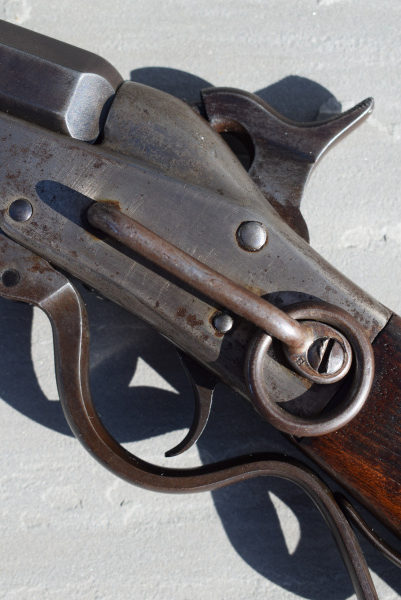
This Maynard would make a fine addition to any Civil War collection or a handsome wall hanger for the discerning collector. The condition of the bore also would tempt a keen shooter of classic arms.
£ 1050. (SOLD)
Comments Off on MAYNARD CARBINE Second Model (Mod’1863) SOLD